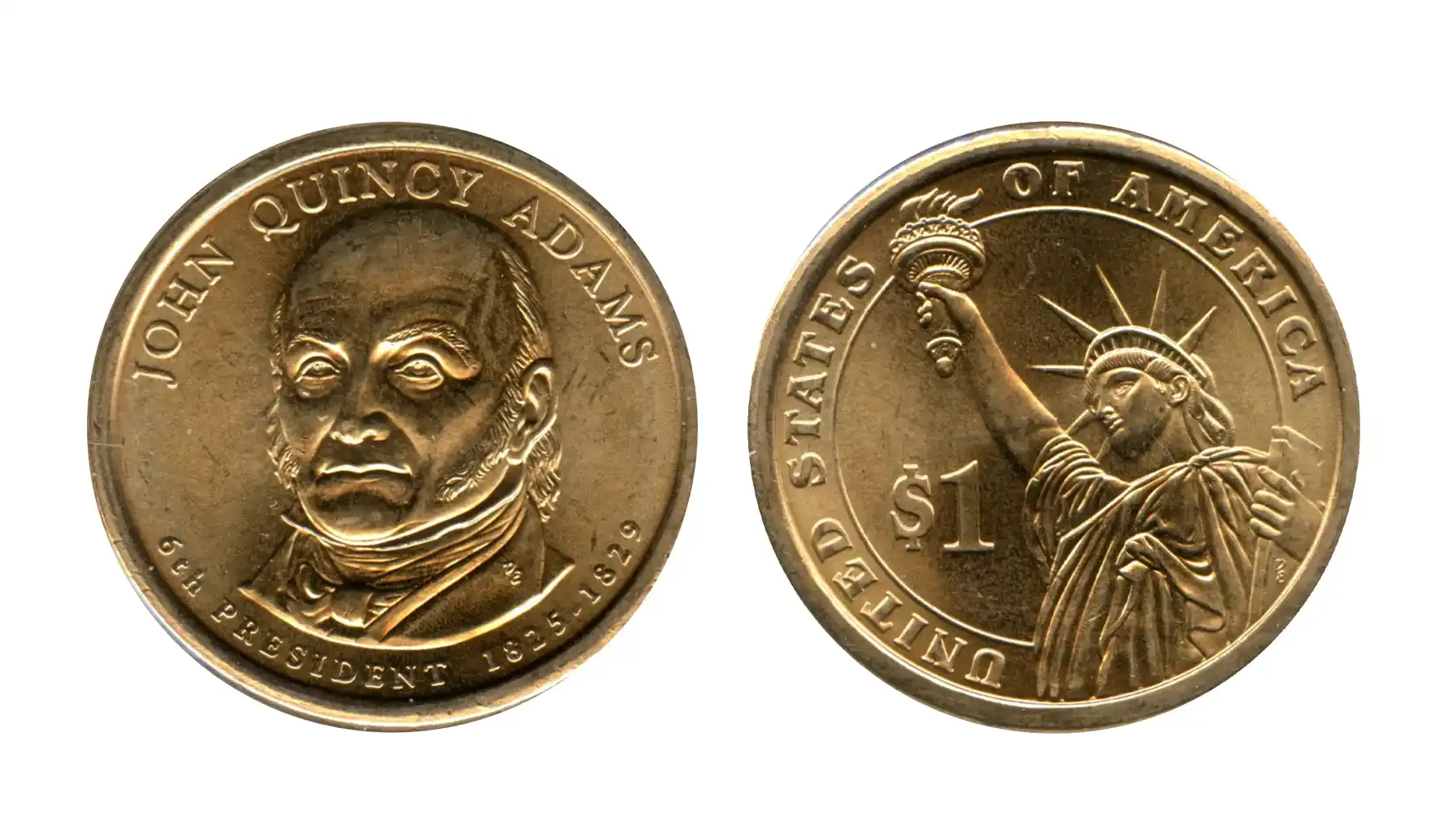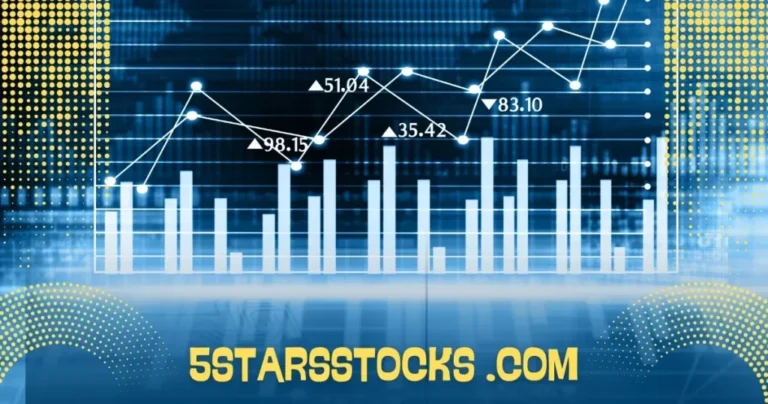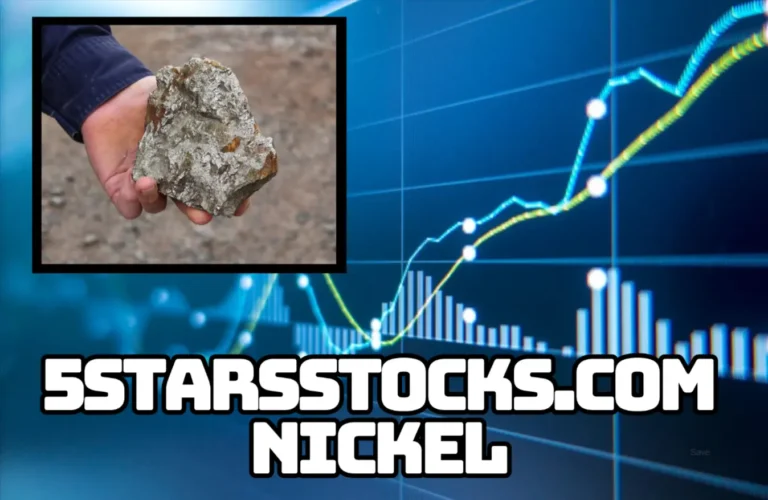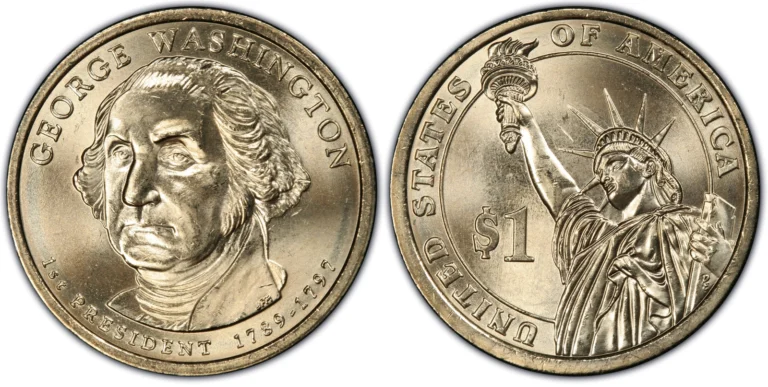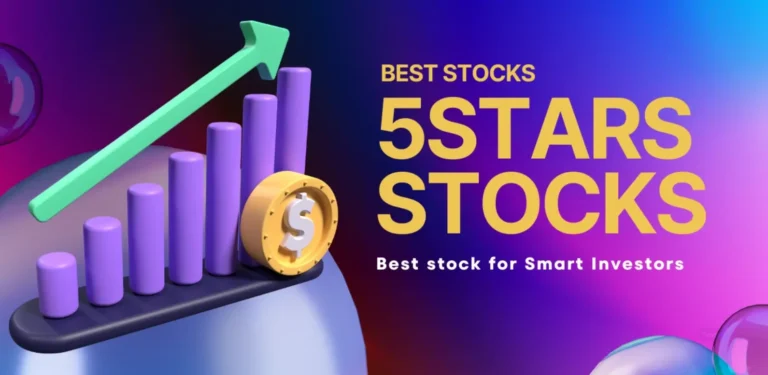John Adams Dollar Coin – Value, Errors & How to Collect
Imagine holding a piece of American history in your hand—a coin that honors John Adams, the second U.S. President and a fierce advocate for independence. The John Adams dollar coin, released in 2007 as part of the Presidential $1 Coin Program, is more than just currency. It’s a tribute to a Founding Father and a treasure for coin collectors. Whether you’re a seasoned numismatist or just curious about coins in your pocket, this coin offers a fascinating blend of history, artistry, and value. In this article, we’ll dive into the coin’s origins, design, worth, unique errors, and tips for collectors. Let’s explore why the John Adams dollar coin captivates enthusiasts worldwide.
Historical Context of the John Adams Dollar Coin
Presidential $1 Coin Program
In 2005, Congress passed the Presidential $1 Coin Act to honor U.S. presidents through a series of dollar coins. Launched in 2007, the program aimed to educate Americans about their leaders while offering collectible coins. The John Adams dollar coin was the second in the series, released on May 17, 2007, following George Washington’s coin. Four coins were issued each year, in the order of presidential terms. The program ran until 2016, covering presidents up to Ronald Reagan. Its goal was to revive interest in dollar coins, though paper dollars remained more popular.
John Adams: The Man Behind the Coin
John Adams, born in 1735 in Massachusetts, was a pivotal figure in America’s founding. A lawyer and diplomat, he championed independence at the Continental Congress and helped draft the Declaration of Independence. As the first Vice President and second President (1797–1801), Adams faced challenges like the Quasi-War with France. His contributions to early coinage laws, including the Coinage Act of 1792, shaped U.S. currency. The John Adams dollar coin celebrates his legacy, connecting collectors to the roots of American democracy.
Design and Features of the John Adams Dollar Coin
Obverse and Reverse Design
The John Adams dollar coin boasts a striking design. The obverse, crafted by Joel Iskowitz, features a portrait of Adams with his signature ponytail and stern expression. Inscriptions read “John Adams,” “2nd President,” and “1797–1801.” The reverse, designed by Don Everhart, showcases the Statue of Liberty, symbolizing freedom, with “United States of America” and “$1” inscribed. A unique feature is the edge lettering, including “2007,” the mint mark (P or D), “E Pluribus Unum,” and “In God We Trust.” This edge design, a first for U.S. coins, adds intrigue for collectors.
Technical Specifications
The coin is made of a manganese-brass alloy (88.5% copper, 6% zinc, 3.5% manganese, 2% nickel), giving it a golden hue. It weighs 8.1 grams, has a diameter of 26.5 mm, and a thickness of 2.0 mm. Coins were struck at three mints: Philadelphia (P), Denver (D), and San Francisco (S for proof coins). The alloy and size mirror other Presidential dollars, ensuring consistency. Collectors prize the San Francisco proof coins for their polished finish.
Mintage Figures
The U.S. Mint produced approximately 112.42 million coins in Philadelphia and 112.14 million in Denver for circulation. San Francisco minted about 3.97 million proof coins for collectors. Despite high mintage, the coins saw limited circulation due to public preference for paper dollars. Many remain in uncirculated condition, making them accessible for collectors starting their Presidential dollar series journey.
Value of the John Adams Dollar Coin
Face Value vs. Collector Value
In circulated condition, the John Adams dollar coin is worth its face value of $1. Uncirculated coins, graded MS-65, typically fetch around $5, while MS-66 examples can reach $25. Proof coins, graded PR-65, are valued at about $4.25, but pristine PR-70 coins can range from $30 to $300, depending on market demand. These values make the coin affordable yet rewarding for collectors seeking high-grade pieces.
Factors Influencing Value
Several factors determine a coin’s worth. Coin grading is critical—higher grades like MS-66 or PR-70 command premiums due to their condition. Rarity plays a role; while circulation coins are common, high-grade and proof coins are scarcer. Collector demand also drives value, as the Presidential series remains popular among numismatists. Errors, discussed later, significantly boost value. For accurate pricing, check resources like PCGS CoinFacts or recent auction data.
Auction Records and Market Trends
The John Adams dollar coin has seen impressive auction sales, especially for error coins. In 2022, an MS-67 coin with missing edge lettering sold for $10,925. A 2020 auction saw an MS-66 doubled edge lettering coin fetch $6,600. Market trends show stable demand for high-grade and error coins, with affordable options for beginners. The coin’s historical appeal and low entry cost make it a staple in numismatic portfolios.
Must Read About: Impact of Bitcoin On The Global Economy – Profound Impacts
Notable Errors and Varieties
Common Errors
The John Adams dollar coin is famous for its errors, particularly missing edge lettering. Known as Godless Dollars, these coins lack the date, mint mark, and mottos, making them highly sought after. They can sell for $100 or more, depending on condition. Another error, doubled edge lettering, occurs when inscriptions are stamped twice, often overlapping or inverted. These coins range from $30 to $288, with high-grade examples fetching more.
Rare Varieties
Rare varieties add excitement to collecting. The “Typewriter Edge” error features overlapped lettering resembling typewriter text, valued at $50–$200. Minor varieties include the “Broken Hair” die variation, where Adams’ portrait shows a cracked hairline, and the “Faint FG” variety, with faint designer initials. These are less common but still affordable, appealing to collectors hunting unique pieces.
Collecting Error Coins
Error coins are a thrilling niche in numismatics. Their uniqueness adds historical and monetary value. For authenticity, seek coins certified by PCGS or NGC. You can find error coins at auctions, online marketplaces like eBay, or through reputable dealers like Blanchard and Company. Use tools like the Coin ID Scanner to identify errors. Joining numismatic forums or associations can also help collectors spot these treasures.
Collectibility and Appeal to Numismatists
Why Collect John Adams Dollar Coins?
The John Adams dollar coin appeals to collectors for its historical significance. It honors a Founding Father whose legacy shaped America. Its affordability—most coins cost under $10—makes it ideal for beginners. Advanced collectors seek high-grade or error coins for their rarity. Pairing it with the John Quincy Adams coin (sixth in the series) creates a unique father-son set, a favorite among enthusiasts.
Building a Collection
Start by collecting coins by mint mark (P, D, S), grade, or error type. Use a magnifying loupe to inspect details and grading guides from PCGS or NGC for accuracy. The American Numismatic Association (ANA) and Numismatic Literary Guild (NLG) offer resources for learning. Online platforms like CoinValueChecker.com provide pricing insights. Store coins in protective holders to maintain condition. A complete Presidential coin set can be a rewarding long-term goal.
Buying and Selling John Adams Dollar Coins
Where to Buy
Purchase John Adams dollar coins from trusted sources like the U.S. Mint, eBay, or dealers such as Blanchard and Nationwide Coins. Verify authenticity by checking for PCGS or NGC certification, especially for high-value error coins. Compare prices across platforms to ensure fair deals. Local coin shops are also great for hands-on inspection.
Selling Your Coins
To sell, use auctions, online marketplaces, or local coin shops. Maximize value by having coins professionally graded. Research current market trends on platforms like PCGS CoinFacts to set competitive prices. Highlight unique features, like errors or high grades, to attract buyers. Building relationships with reputable dealers can streamline future sales.
The John Adams dollar coin is a captivating blend of history, art, and value. From its 2007 release to its unique edge lettering and rare errors, it offers something for every collector. Whether you’re drawn to its connection to a Founding Father or the thrill of finding a “Godless Dollar,” this coin is a tangible link to America’s past. Start your collection by checking your change, visiting a coin shop, or consulting a dealer for appraisals. Dive into the world of numismatics and discover why the John Adams dollar coin remains a collector’s gem.

